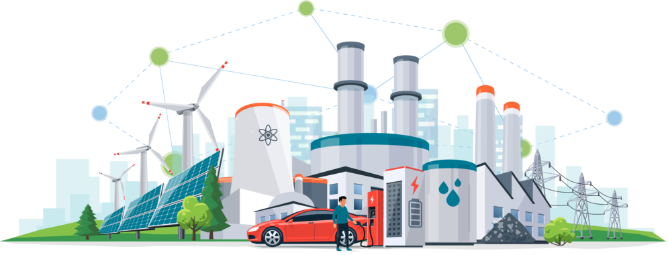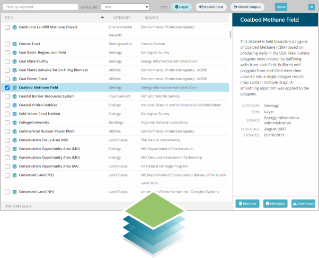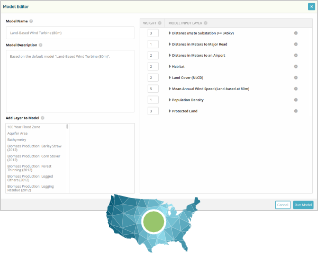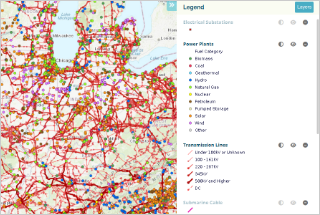
GEM provides mapping data and analysis tools for planning energy infrastructure in a geographic context
GEM is an interactive web-based decision support system that allows users to locate areas with high suitability for clean power generation and potential energy transmission corridors in the United States. Browse and download data layers, or create a custom suitability model to identify areas for energy development.

Subscribe
Subscribe to the GEM mailing list for webinar invitations, newsletters, and announcements
News
Layer Catalog
GEM offers an extensive catalog of mapping data for energy planning, including energy resources and infrastructure, and other information that may influence siting of energy infrastructure.

Modeling
Interactive, flexible suitability models help identify areas meeting a set of technology-specific siting criteria.

Mapping Themes
Themes are a convenient way to quickly load multiple layers related to a particular technology or resource without having to manually browse and add layers to the map.

About the Project
Geospatial Energy Mapper (GEM) is a next-generation modeling tool built on the core data and capabilities of the Energy Zones Mapping Tool (EZMT) . GEM features an improved user interface, updated data, and additional capabilities. Argonne National Laboratory hosts the tool with funding from the U.S. Department of Energy (DOE) Office of Electricity.



